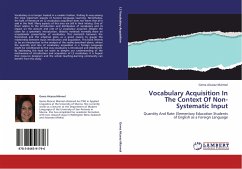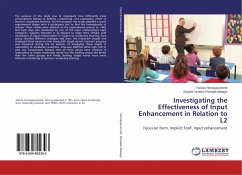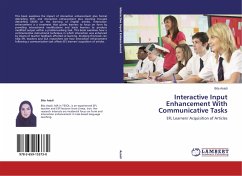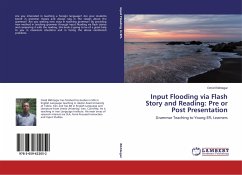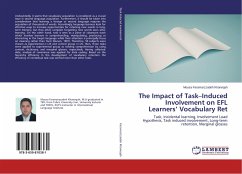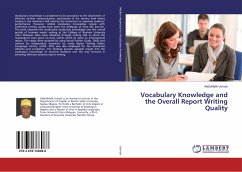Vocabulary is no longer treated in a cavalier fashion, finding its way among the most important aspects of Second Language Learning. Nonetheless, the bulk of literature on L2 vocabulary acquisition does not mean that all is said in the field. Many aspects of this area are still in their infancy. One of them relates to the introduction and distribution of vocabulary and its impact on the amount and rate of L2 vocabulary acquired. Despite the claim for a systematic introduction, didactic materials normally show an unsystematic presentation of vocabulary. This mismatch between the theoretical and the empirical gives us a good reason to gauge the relationship between input introduction and acquisition. This book intends to be an introduction to the analysis of the reality described above, where the quantity and rate of vocabulary acquisition in a Foreign Language might be conditioned by the way vocabulary is introduced and distributed. By addressing this issue we want to deepen our understanding of the mechanisms of introduction and acquisition of L2 vocabulary. It is hoped that resource designers and the whole teaching-learning community can benefit from this study.
Bitte wählen Sie Ihr Anliegen aus.
Rechnungen
Retourenschein anfordern
Bestellstatus
Storno

